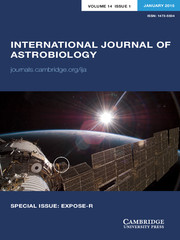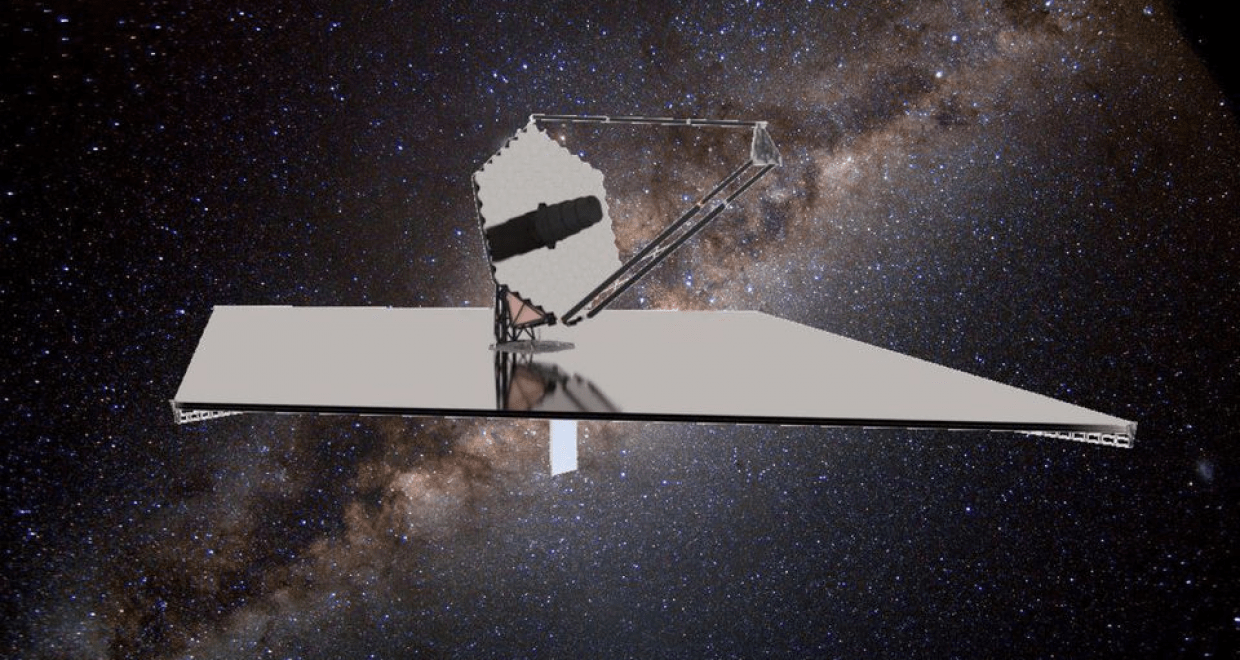Countdown to the greatest scientific discovery of all time
In the last 4000 days scientists have discovered more than 4000 new planets. Thousands of other candidate planets are currently being investigated. Soon we will reach ten thousand planets. Many of these planets lie in the habitable zone of their parent star, where extraterrestrial life seems particularly likely. Thus it seems reasonable to suppose that extraterrestrial life might well be discovered within our lifetimes. When it happens, this could just be the greatest scientific discovery of all time, with dramatic implications for both science and religion.

But could the signs of extraterrestrial life be overlooked because they are so unexpected? It is well known that it is easy to miss something that is very unexpected. Thomas Kuhn famously wrote in 1970 that “those [phenomena] that will not fit the box are often not seen at all”. The discovery of the first exoplanet orbiting a sun-like star is a case in point. Consider the story: in 1995, the Swiss scientists Michel Mayor and Didier Queloz announced the discovery of the first exoplanet orbiting a sun-like star. For the planet in question, 51 Peg b, a whole year takes place in just four days (as days are measured here on Earth). In hindsight it seems clear that the discovery would have been made long before 1995, if only the orbital period of the planet had not been so very unexpected. Prior to Mayor and Queloz another group led by Gordon Walker had used the same ‘wobble’ method of detection for twelve years, between 1980 and 1992, but as Alan Boss notes in his book The Crowded Universe, “Walker did not search his data for such a short-period orbit. The shortest orbital period he considered was 40 days, which must have seemed ridiculously short at the time.” Walker himself, looking back in 2003, distinguishes two separate problems: “we had all been looking in the wrong place,” and “our programs had been ill designed to sample such periods.” Walker’s group wasn’t alone: Geoff Marcy and Paul Butler had also used the wobble method to search for planets, but fell into the same trap. A Jupiter-mass planet in a four-day orbit was considered “absurd”. In hindsight the scientists accepted that they were misled by their expectations, subject to “detection biases”. They didn’t expect the unexpected.
Examples such as this bring NASA’s Scott Gaudi to say, “One thing I am quite sure of, now having spent more than twenty years in this field of exoplanets … expect the unexpected.” Gaudi also likes to say, “Mother Nature is more imaginative than we are”. The implication is that we must remain open-minded about what we will find out there in the universe. But whilst it is easy to say these things, it isn’t so easy to adopt scientific strategies that do justice to them. Reading through the 2018 Exoplanet Science Strategy document, it is hard to see how the statement on p. 10 – ‘expect the unexpected’ – influences anything that comes thereafter. The document is saturated with strategy decisions based very firmly on our theoretical expectations. Questions are repeatedly raised concerning such issues as the types of star most likely to host planets with atmospheres, the spectral signatures most likely to be indicative of life, and so on. Our answers to questions such as these directly influence high-stakes strategy decisions concerning which telescope to build, which stars to focus our attention on, which planets to rank highest for extended study, and so on. And in every case our theoretical expectations provide the driving force.
This paper explores what exactly it might mean to ‘expect the unexpected’, and how this could possibly be achieved by the space science community.

Read Peter’s Article for free until Nov 9, 2020:
Expecting the unexpected in the search for extraterrestrial life
Author: Peter Vickers, University of Durham, UK






